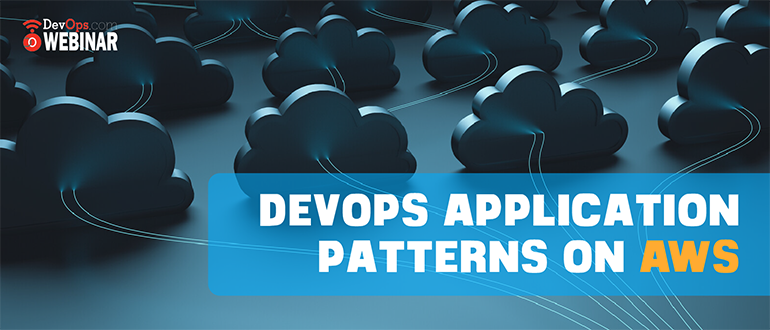Webinar
Think About Your Audience Before Choosing a Webinar Title

Sponsored by eplexity
What You’ll Learn in This Webinar
What are application patterns on AWS and how does DevOps play a key role in their creation? DevOps covers a diverse set of behaviors, practices, tools and topics.
This webinar will discuss DevOps as an enabler of a new approach to the AWS cloud that reduces time to deploy, lowers cost, improves workload visibility, and simplifies the cloud journey. We’ll discuss: Building applications in AWS and how DevOps engineers adjust their approach for AWS, how Application Patterns are becoming common place in DevOps teams, which Application Patterns are trending right now, how to manage Application Patterns after deployment, and we’ll introduce CXOS, a new platform for AWS that that simplifies the deployment and management of production ready Application Patterns.







